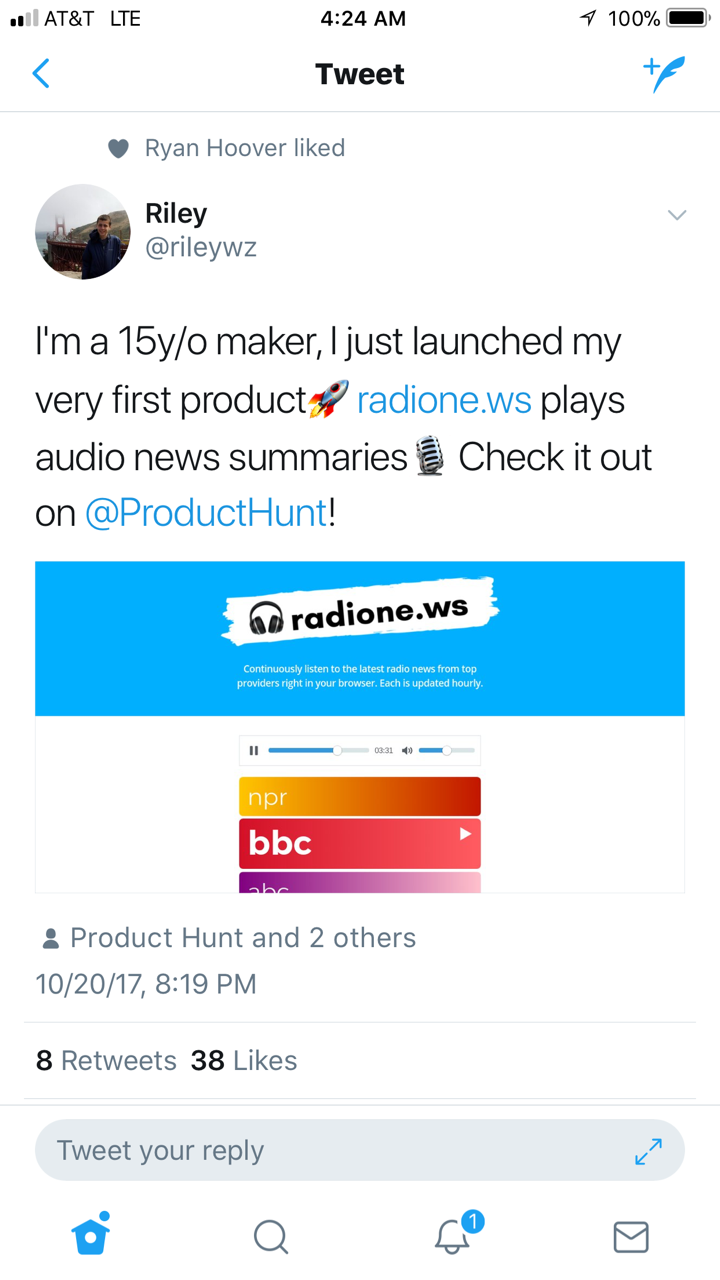One Tool Away From Boosting Search Rankings.
A few months ago, I helped to launch a website for a customer. This particular customer’s old website consisted of 4 different WordPress installations.
Yes, you read the last sentence correctly: 4 different WordPress websites.
At the time this customer contacted me inquiring about search marketing services, they had no clue that their website and 3 blogs were operating 4 different WordPress installs in a shared hosting environment.
None of the WordPress installs were updated. And to add insult to injury, there were plugins that hadn’t been updated, as well as plugins installed and not being used.
Talk about slow as molasses?
Nevertheless, I consolidated all 4 WordPress installs into one at a new web hosting provider. In addition, their entire website’s look and feel was revamped and soundly executed with an SEO-friendly overall architecture without losing its existing SEO presence.
But what truly helped the customer to choose the best to move forward with a new website look and feel and overall architecture was my sharing Google’s PageSpeed Insights tool.
In short, Google PageSpeed Insights details what aspects of a website need to improve to boost a particular page.
I could share tangible information as to why their old website was given a letter grade of F with the customer.
It simply wasn’t just me or anyone else making up technical reports that sounded good to the ear, but Google itself pointing to the shortcomings of the website.
Google PageSpeed Insights scores a particular page and lists how each point of reference holds the page hostage from much-desired search rankings and increased website traffic.
And an added bonus of the Google PageSpeed Insights tool is that it also scores the performance of both the mobile and desktop experience.
Sharing this tool with customers allows the opportunity for the customer to address issues themselves, although most tend to choose my SEO services.
Nevertheless, we’ve been able to work our way from an F to a B+, or 88 numerically speaking, addressing the following issues using Google PageSpeed Insights:
- Consolidated Four (4) WordPress Installs into One (1)
- Uninstalled deactivated WordPress Plugins and no longer used
- Consolidated Plugins to reduce overhead expenses of page load time (less is MORE)
- Deferred all external query
- Enabled the use of website cache
- Optimized all images
- Enabled browser caching and gzip compression
All of these actions combined led to a drastic reduction in the page load time, which increased favorable rankings with Google a little over 3 weeks after making changes (with more changes to come…).
Of course, and it goes without saying, one of the biggest search rankings factors is based on quality content, which this customer has and is working to produce consistently.
If your website has quality content and reasonably consistent traffic yet lacks search rankings, I invite you to watch the tutorial below.
Learn how to discover and implement Google’s common performance best practices to boost your website’s user experience, performance, and overall search rankings.
Now if I could just find the time and space to optimize my website! 😀













